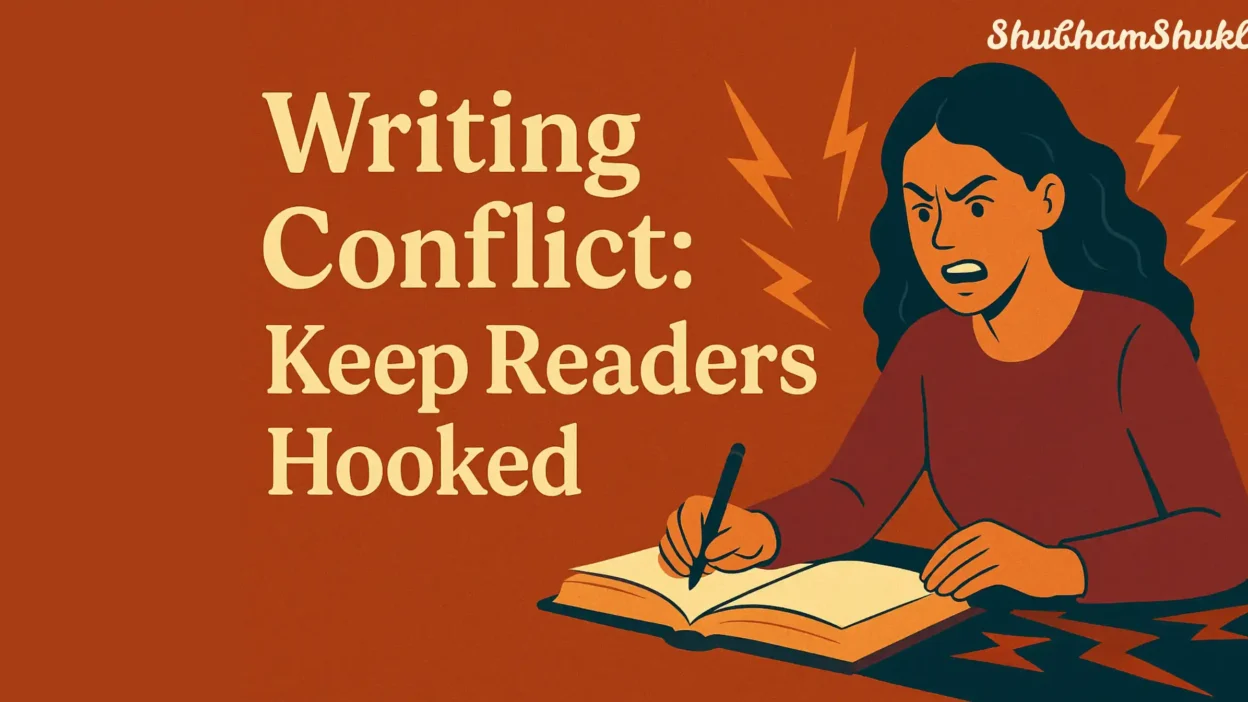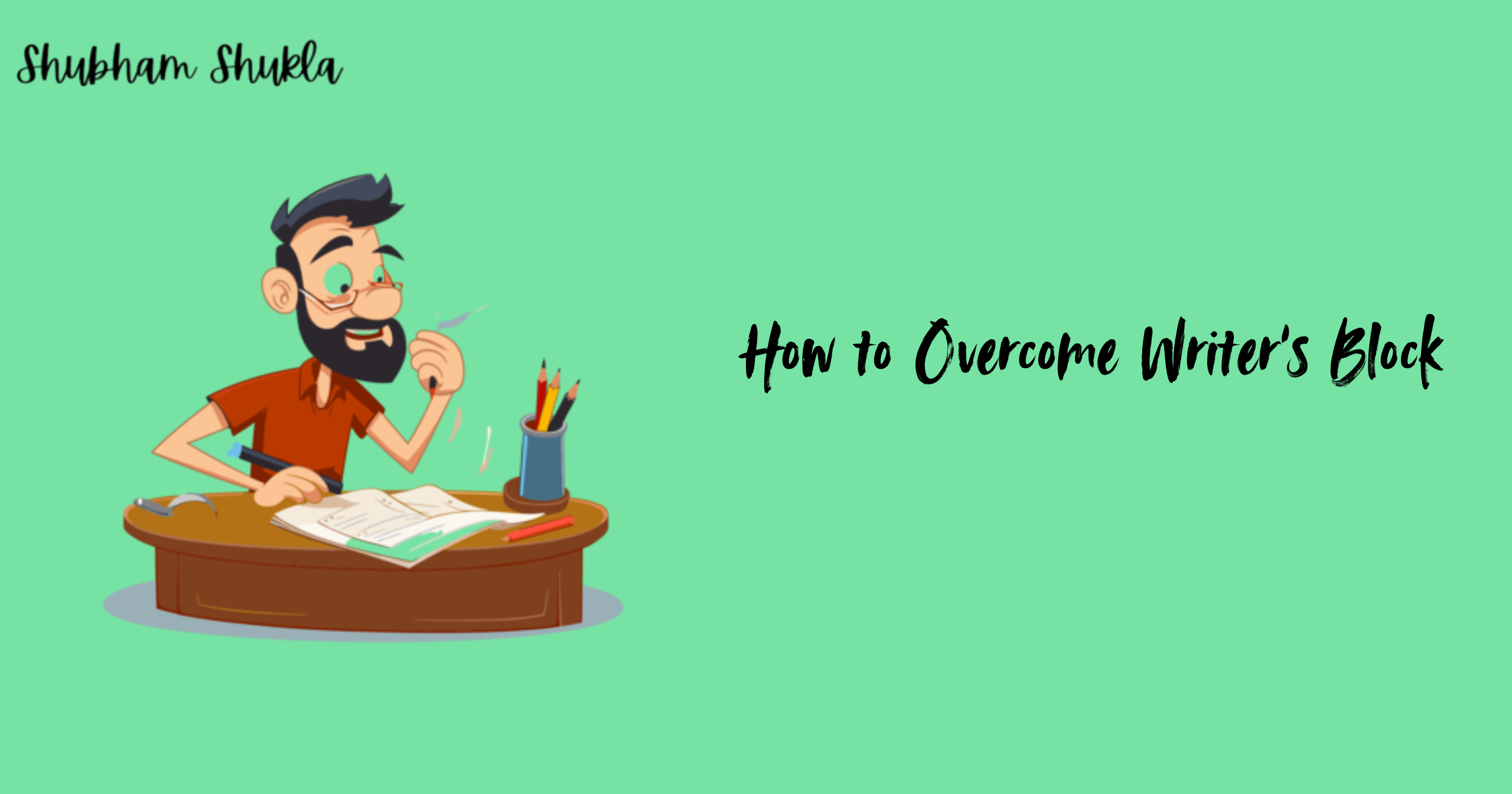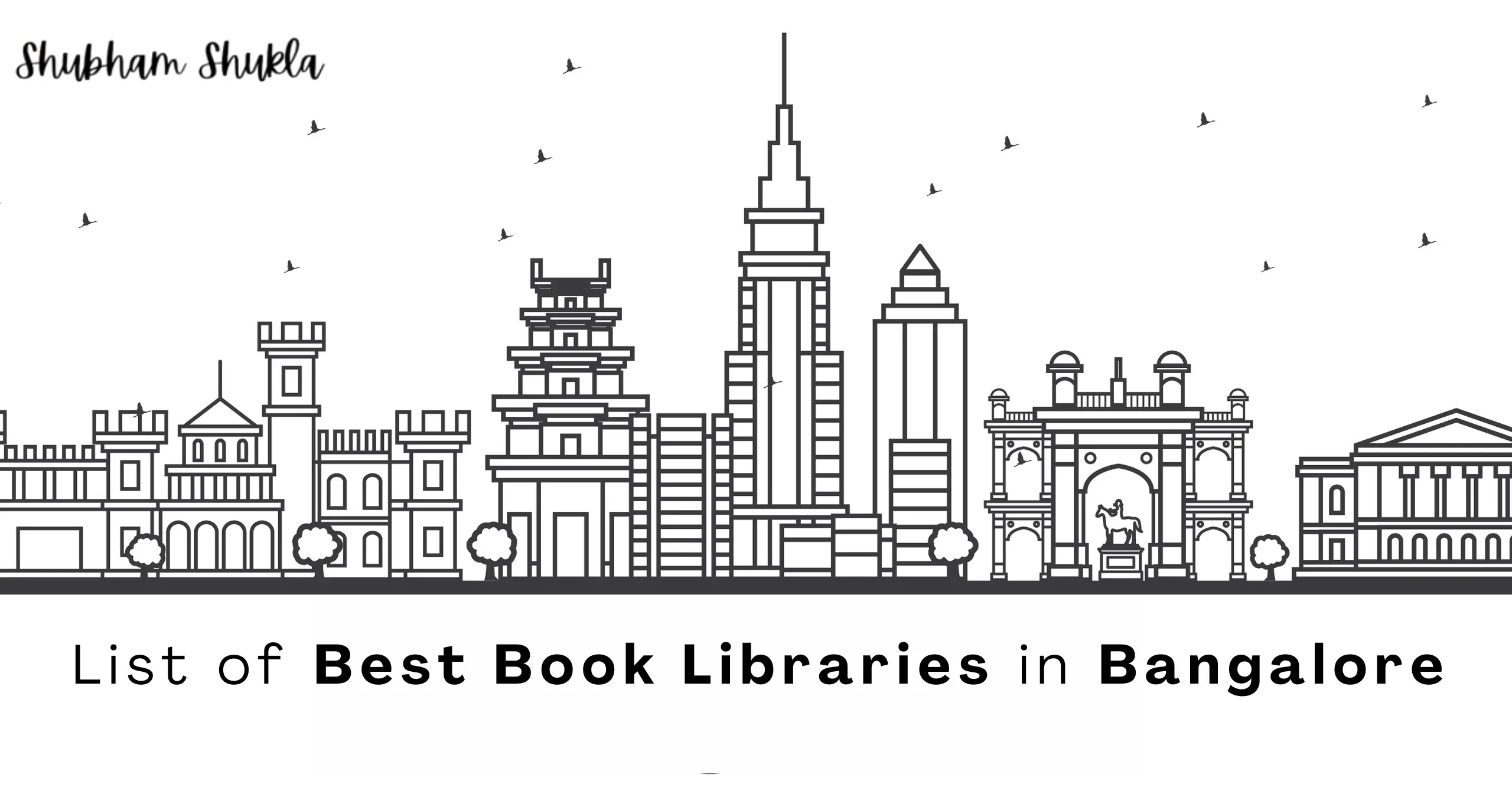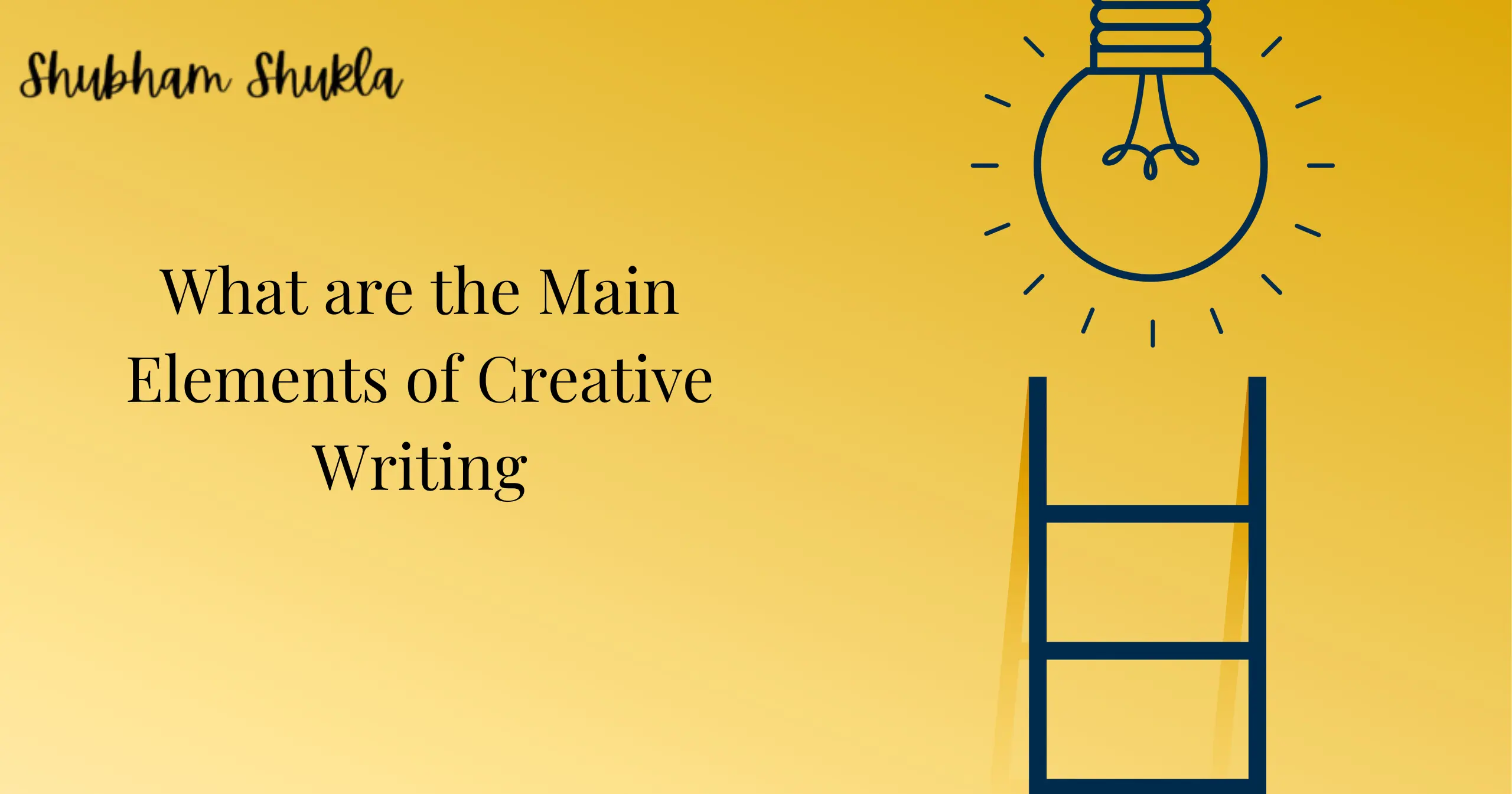- What Does It Mean to Write Conflict That Drives Plot?
- Types of Conflict That Move Your Story Forward
- Stakes Make the Difference
- In My Own Experience, I Found That…
- Avoiding Shallow or Forced Conflict
- How to Layer Conflict Across Your Story
- Conclusion: Let Conflict Be Your Story’s Compass
- FAQ: Writing Conflict That Drives Plot
Ever start reading a book that had a great premise… but somehow, it just felt flat? The characters were interesting enough, the worldbuilding was solid, but something was missing. Chances are, the issue wasn’t the lack of action—it was the lack of conflict that mattered. That’s the heart of writing conflict that drives plot.
Let’s face it: stories live and breathe on tension. Without conflict, we’re just watching characters go about their day—and even the most charming wizard or space captain can’t carry a story without a compelling problem to solve.
Today, let’s talk about how to create conflict that doesn’t just sit in the background—but actively shapes your plot, deepens your characters, and keeps your readers hooked.
You may also like: How to Write Rising Action That Grabs Your Reader and Won’t Let Go
What Does It Mean to Write Conflict That Drives Plot?
Conflict is more than just arguments, sword fights, or villains cackling in the shadows. At its core, conflict is the resistance that forces change. It’s the tension between what your character wants… and what stands in the way.
And when we talk about writing conflict that drives plot, we mean conflict that moves the story forward. Not filler drama. Not random setbacks. But meaningful, character-driven obstacles that shape decisions, escalate stakes, and shift the course of events.
Think of Frodo in The Lord of the Rings. The external conflict with Sauron is epic, yes—but the internal conflict (the burden of carrying the Ring) is just as gripping. His struggle drives nearly every choice he makes, and that’s what makes the plot feel alive.
Types of Conflict That Move Your Story Forward
Conflict can come in all flavors—but not all of it moves the story. Here are a few types that tend to do the heavy lifting when you’re building a compelling plot:
- Character vs. Self: Inner conflict is gold. A knight who’s afraid to kill, a spy who starts questioning her orders, a teen who can’t decide between loyalty and truth. When a character wrestles with themselves, the result is often plot-changing.
- Character vs. Character: Rivalries, betrayals, clashing values. Think Katniss and President Snow, or Harry and Draco. These conflicts fuel key story moments and create high emotional stakes.
- Character vs. Society: When the world itself is the antagonist. Stories like The Handmaid’s Tale or Divergent are built on this kind of resistance.
- Character vs. Nature or Fate: Survival stories (The Martian, Life of Pi) or prophecies (Percy Jackson, Harry Potter) tap into this beautifully.
The key? Don’t just toss in a conflict type because it sounds cool. Ask: how does this push my character into action or change? That’s where the writing conflict that drives the plot truly begins.
You may also read: The Secret Power of Slow Burn Pacing in Storytelling
Stakes Make the Difference
Okay, so you’ve got a character and a conflict. Now what?
Now, we need stakes. What happens if your character fails? What’s at risk—not just for the world, but for them personally?
Stakes give conflict its weight. A fight scene is just noise unless we care what’s being fought over. A breakup scene is just drama unless we understand what the characters are losing.
In The Hunger Games, Katniss isn’t just fighting to survive. She’s trying to protect her sister, honor Rue, and rebel against a cruel system. Every action is layered with personal meaning. That’s what makes the conflict unforgettable—and why it drives the plot forward so effectively.
In My Own Experience, I Found That…
…I used to write stories where conflict was just stuff happening—car chases, breakups, sudden betrayals—thinking that action alone would keep readers interested. But the more I wrote, the more I realized those moments didn’t matter unless they were rooted in the character’s internal world.
Once I started focusing on writing conflict that drives plot, everything changed. I’d ask, “What does my character truly want, and what’s getting in the way?” And suddenly, even quiet scenes crackled with tension.
My pacing felt tighter. My characters felt more real. Don’t be afraid to go deep with your conflict. That’s where the magic is.
Avoiding Shallow or Forced Conflict
Let’s be honest: not all conflict is created equal. Sometimes, writers fall into the trap of adding conflict just to spice things up, but it ends up feeling forced or hollow.
Here are a few common pitfalls:
- Conflict with no consequences – If nothing changes after a conflict, it’s probably not plot-driving.
- Over-the-top drama – Big blowups that feel out of character or unearned can turn readers off.
- One-note tension – If your story relies on just one conflict type, it might feel flat after a while.
The fix? Go back to your character’s core desire. The best conflict grows organically from who your character is and what they want.
How to Layer Conflict Across Your Story
Great stories don’t rely on one big central conflict. They layer tension like a cake.
Here’s how to do it:
- Mix internal and external conflict. Maybe your hero is fighting a villain and their own fear of failure.
- Let conflict evolve. What starts as a small misunderstanding can snowball into betrayal.
- Use relationships. Romantic tension, sibling rivalry, mentor-student clashes—these can all carry strong emotional weight.
Look at Stranger Things. The kids are fighting monsters, yes—but also struggling with identity, friendship, and grief. That layering keeps the story rich and engaging.
When you build conflict this way, you’re not just adding spice. You’re writing conflict that drives plot in a deep, lasting way.
You may also like: Plot Holes and How to Fix Them: A Writer’s Guide to Patching the Cracks in Your Story
Conclusion: Let Conflict Be Your Story’s Compass
Conflict is more than just obstacles. It’s what gives your plot direction, your characters purpose, and your readers a reason to keep turning the page.
Whether you’re writing a sweeping fantasy or a quiet character drama, the principle remains the same: If there’s no conflict, there’s no story.
So next time you feel stuck, ask yourself: What does my character want—and what’s in their way? The answer might be the key to unlocking your best scenes yet.
FAQ: Writing Conflict That Drives Plot
Q1: What’s the biggest mistake writers make with conflict?
A: Treating it like an afterthought. Conflict should be woven into the character’s journey, not added just for drama.
Q2: Can a story survive without a villain?
A: Absolutely! Internal conflict or societal pressure can be just as compelling. It’s all about how it affects the plot.
Q3: How soon should conflict appear in a story?
A: Ideally, in the first chapter. Early tension hooks the reader and sets the tone for what’s at stake.
Q4: Do all characters need conflict?
A: Not necessarily major ones—but most should have some tension or obstacle, even if it’s subtle. It adds depth.



